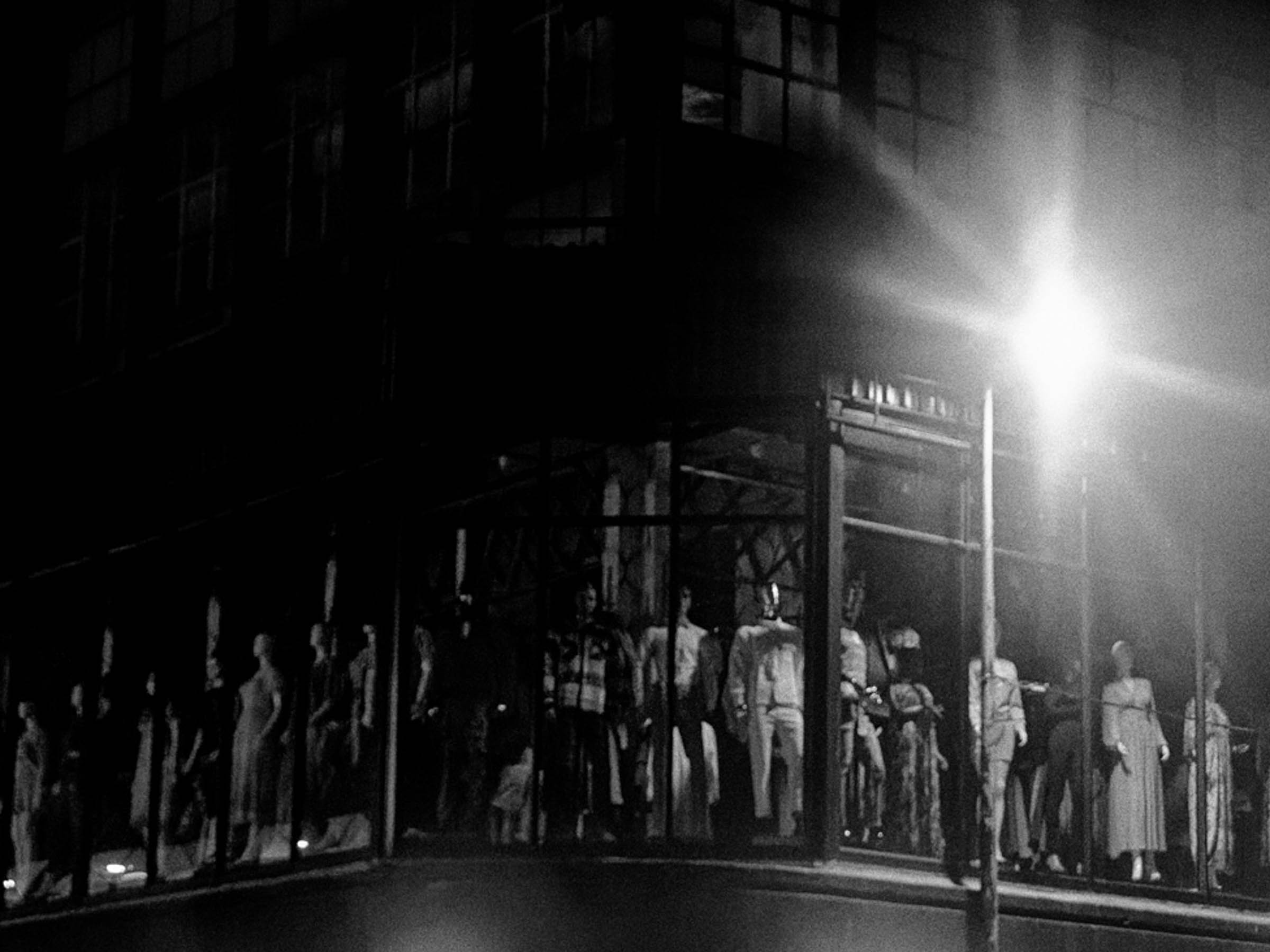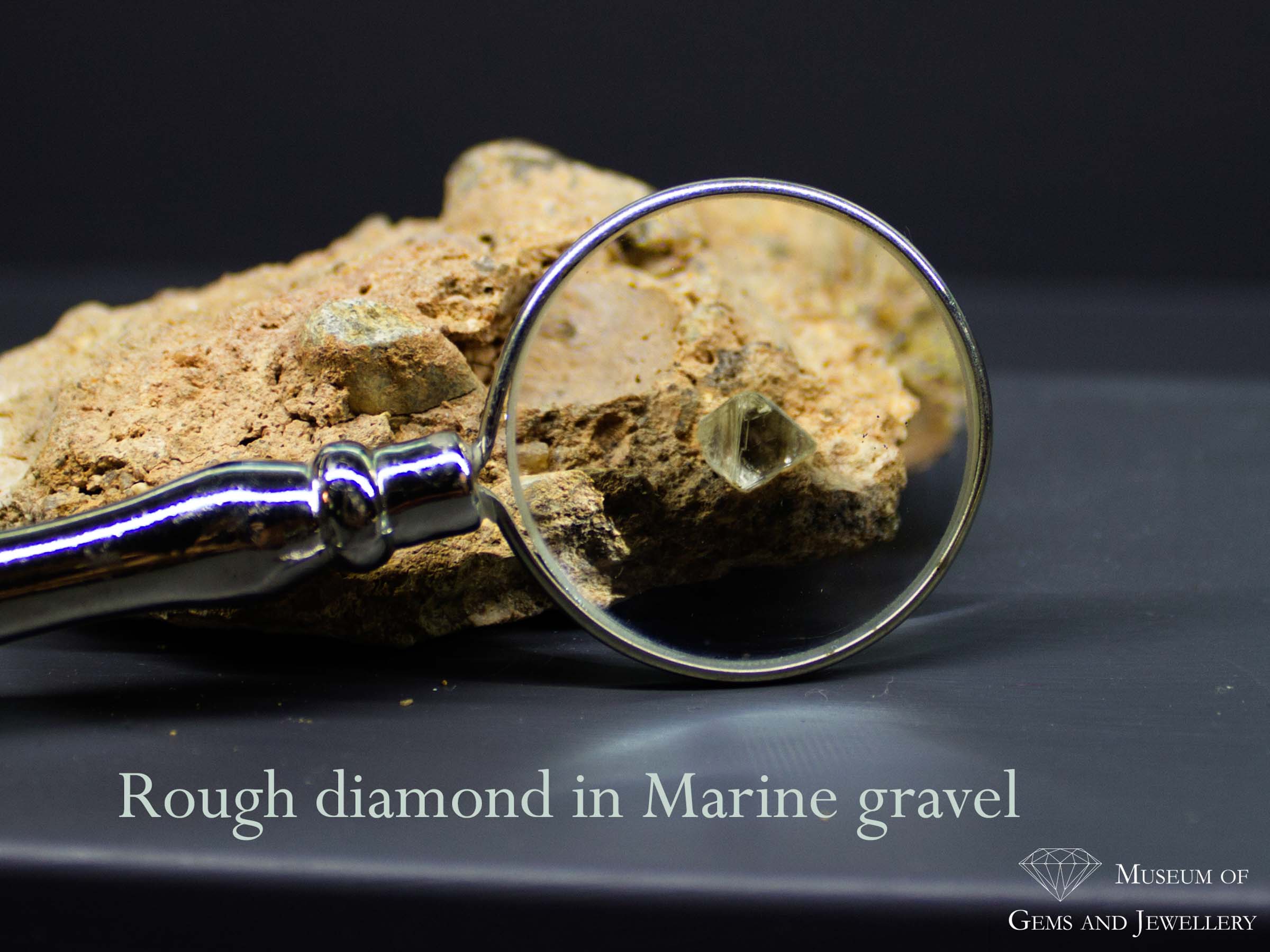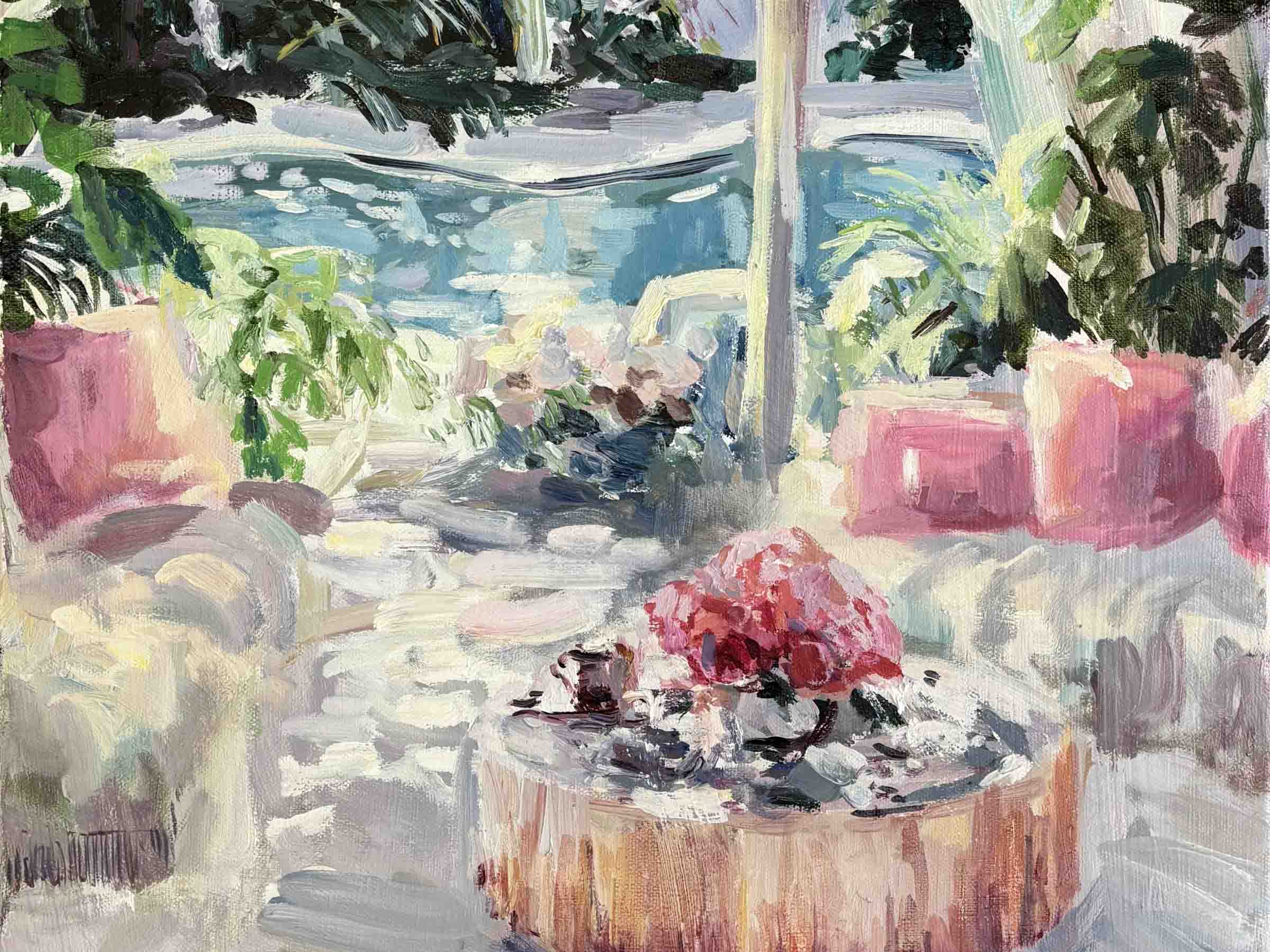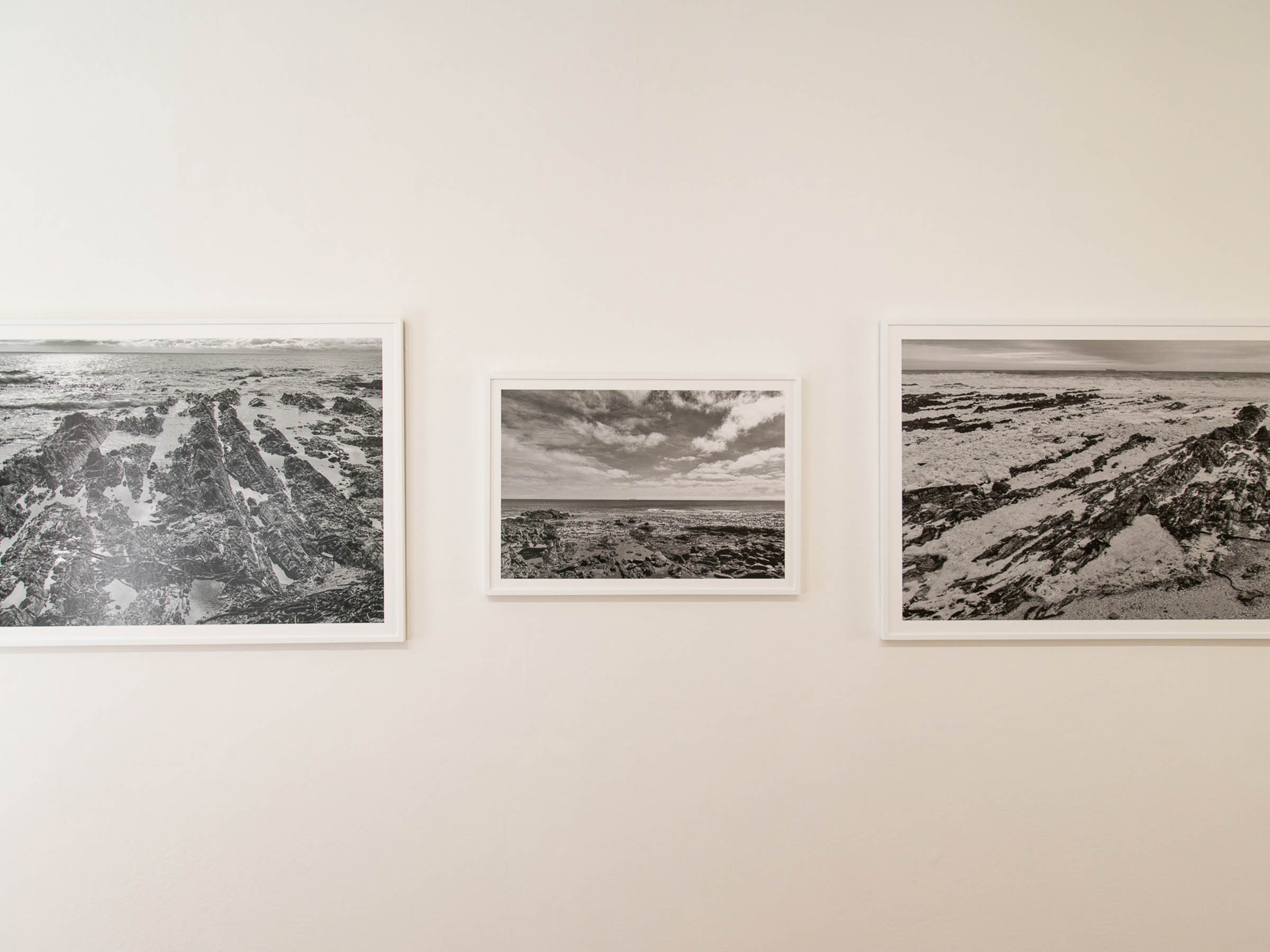
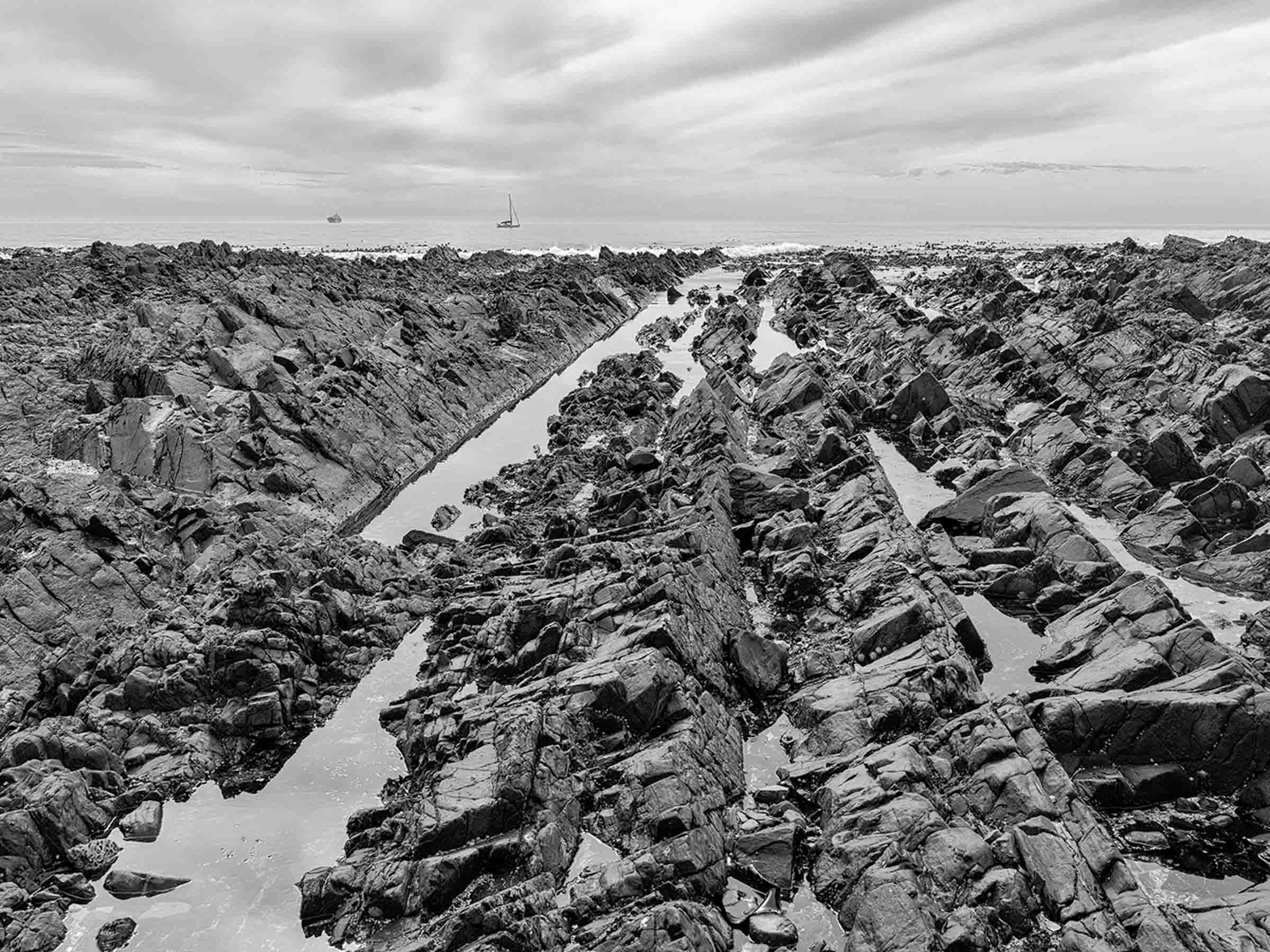
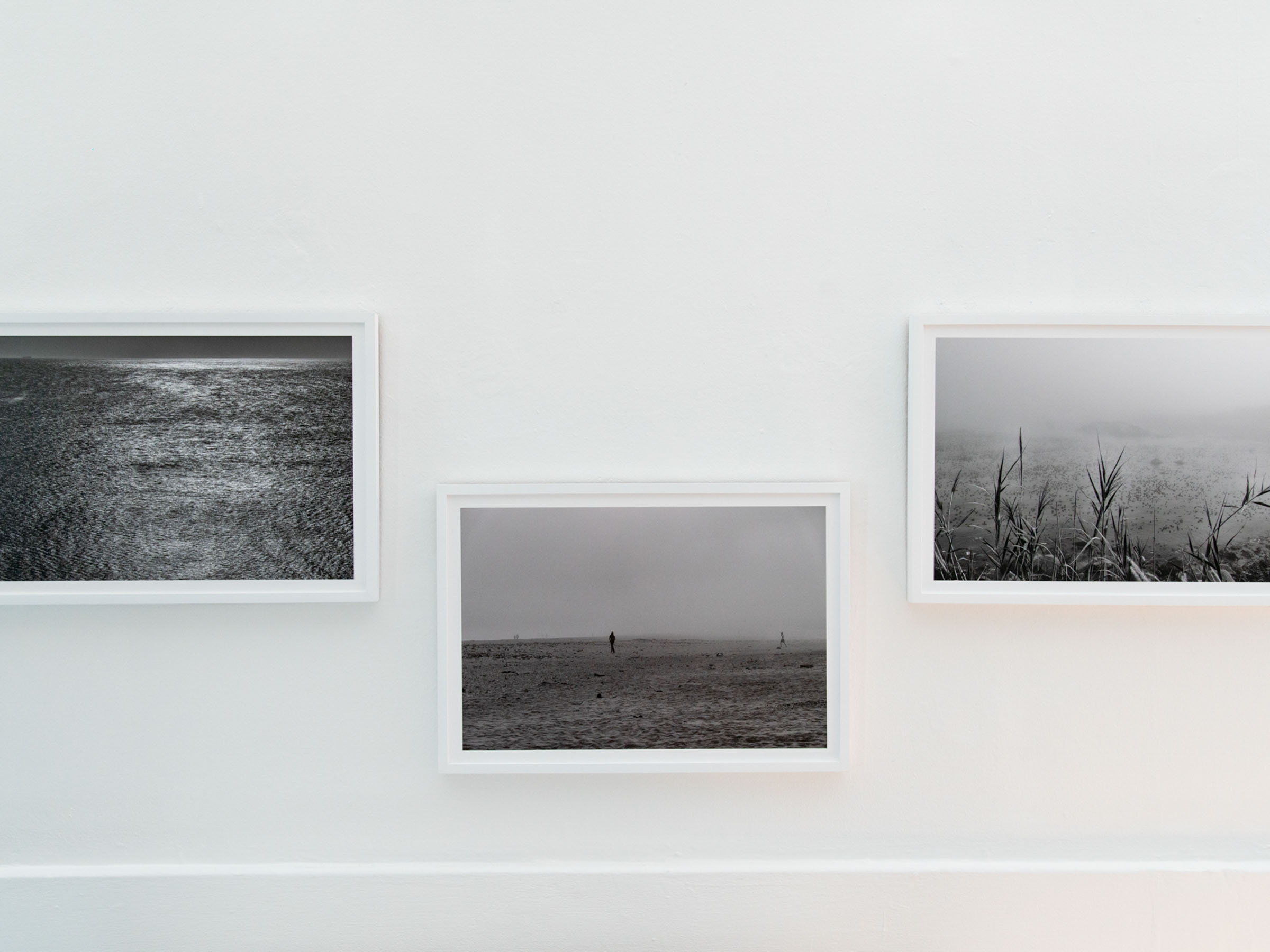


At The Water's Edge
David Lurie
At the Water’s Edge invites viewers to stand before the sea and confront their own reflections — to consider what lies beyond the horizon when certainty drifts away. It becomes both metaphor and mirror - a space between beauty and unease, where the familiar dissolves into the unknown.
For centuries, the sea has been romanticised as a metaphor for peace, calm, and timeless beauty. Its vast expanse has offered solace, a vision of stability against the turbulence of daily life. Standing on the shore, generations of poets, painters, and photographers have seen in the ocean a promise of renewal, a reminder of nature’s essential life force. These metaphors, rooted in ideas of transcendence and escape, have deeply shaped our cultural imagination of the sea.
But since, and even before, the pandemic, my own relationship to the sea has shifted profoundly. The metaphors that once spoke of peace now seem at odds with the times. More often than not, when I stand at the water’s edge today, I do not see tranquility or comfort. I see distance, isolation, and disconnect. The sea’s vastness, once a refuge, now mirrors the dislocations of our fractured world: borders that divide, communities that retreat into themselves, governments unable to cooperate in the face of numerous crises. The horizon, instead of offering infinite possibility, carries a sense of abandonment, of being cut adrift in a world that feels increasingly unstable and unmoored.

